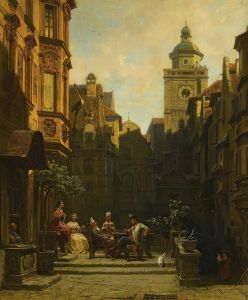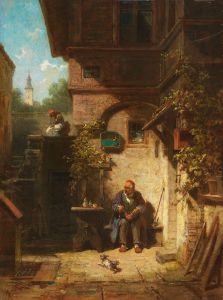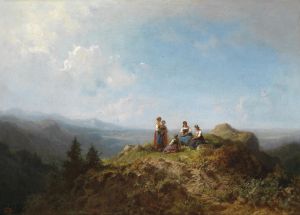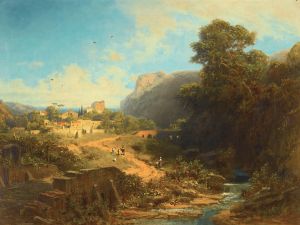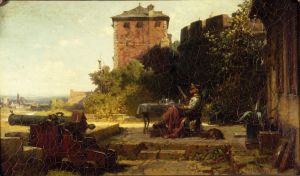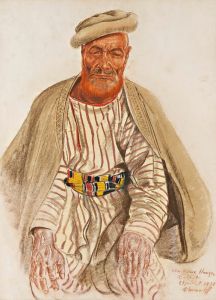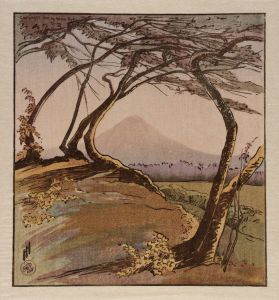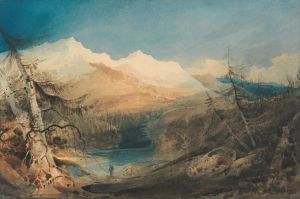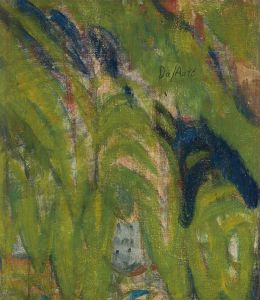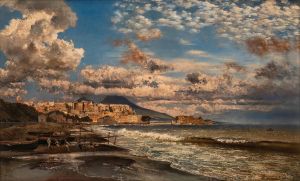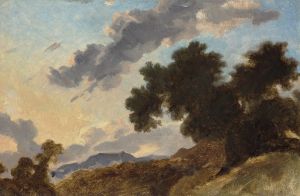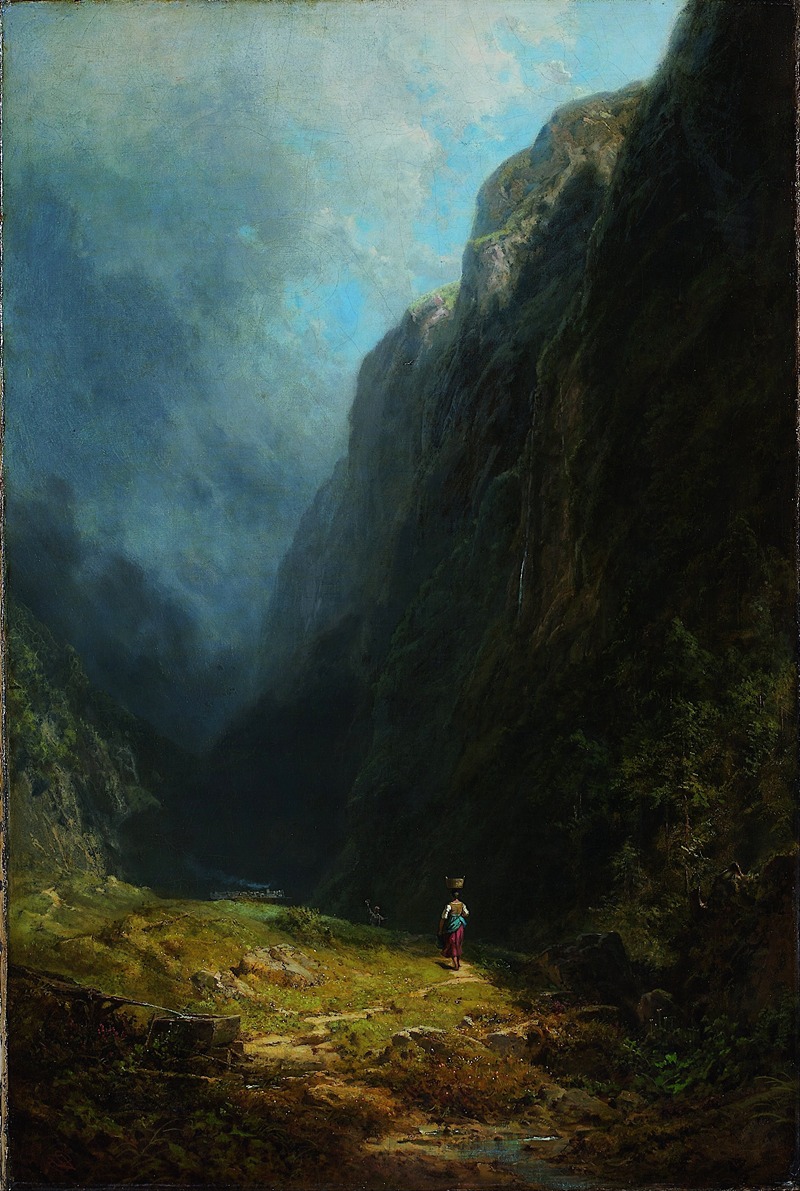
In the Alpine High Valley
A hand-painted replica of Carl Spitzweg’s masterpiece In the Alpine High Valley, meticulously crafted by professional artists to capture the true essence of the original. Each piece is created with museum-quality canvas and rare mineral pigments, carefully painted by experienced artists with delicate brushstrokes and rich, layered colors to perfectly recreate the texture of the original artwork. Unlike machine-printed reproductions, this hand-painted version brings the painting to life, infused with the artist’s emotions and skill in every stroke. Whether for personal collection or home decoration, it instantly elevates the artistic atmosphere of any space.
Carl Spitzweg was a 19th-century German romanticist painter known for his detailed and often humorous depictions of everyday life. One of his works, "In the Alpine High Valley," exemplifies his style and thematic focus. Spitzweg was born in 1808 in Munich, and he initially pursued a career in pharmacy before turning to painting, a decision that would lead him to become one of the most beloved artists of the Biedermeier period.
"In the Alpine High Valley" captures a serene and picturesque scene typical of Spitzweg's oeuvre. Although specific details about this painting are scarce, it can be inferred from Spitzweg's general body of work that the painting likely features a tranquil landscape, possibly with figures engaged in leisurely activities. Spitzweg often painted scenes that celebrated the simplicity and beauty of rural life, and his works frequently included elements of humor and irony.
Spitzweg's paintings are characterized by their meticulous attention to detail and their warm, inviting color palettes. He had a keen eye for capturing the subtleties of light and shadow, which brought his landscapes and interiors to life. His ability to depict the charm and idiosyncrasies of everyday life endeared him to audiences both in his time and in the present day.
The Biedermeier period, during which Spitzweg created most of his works, was marked by a focus on the domestic and the personal. This era followed the tumultuous Napoleonic Wars, and there was a societal shift towards valuing the home and family life. Spitzweg's paintings reflect this cultural context, often portraying intimate scenes that resonate with a sense of peace and contentment.
Spitzweg was largely self-taught, drawing inspiration from the works of earlier masters and his contemporaries. His background in pharmacy may have contributed to his precise and methodical approach to painting. Despite his lack of formal training, Spitzweg developed a distinctive style that set him apart from other artists of his time.
"In the Alpine High Valley" likely embodies the qualities that make Spitzweg's work enduringly popular: a harmonious composition, a gentle humor, and an appreciation for the beauty of the natural world. While specific information about this painting is limited, it can be appreciated within the broader context of Spitzweg's artistic legacy.
Spitzweg's influence extends beyond his lifetime, as his works continue to be celebrated for their charm and technical skill. His paintings are housed in various museums and collections, where they are admired for their ability to capture the essence of 19th-century life with warmth and wit.
In summary, while detailed information about "In the Alpine High Valley" is not readily available, Carl Spitzweg's reputation as a master of capturing the quaint and humorous aspects of everyday life provides a framework for understanding and appreciating this work. His contribution to the Biedermeier period and his unique artistic vision ensure that his paintings remain cherished by art enthusiasts around the world.






